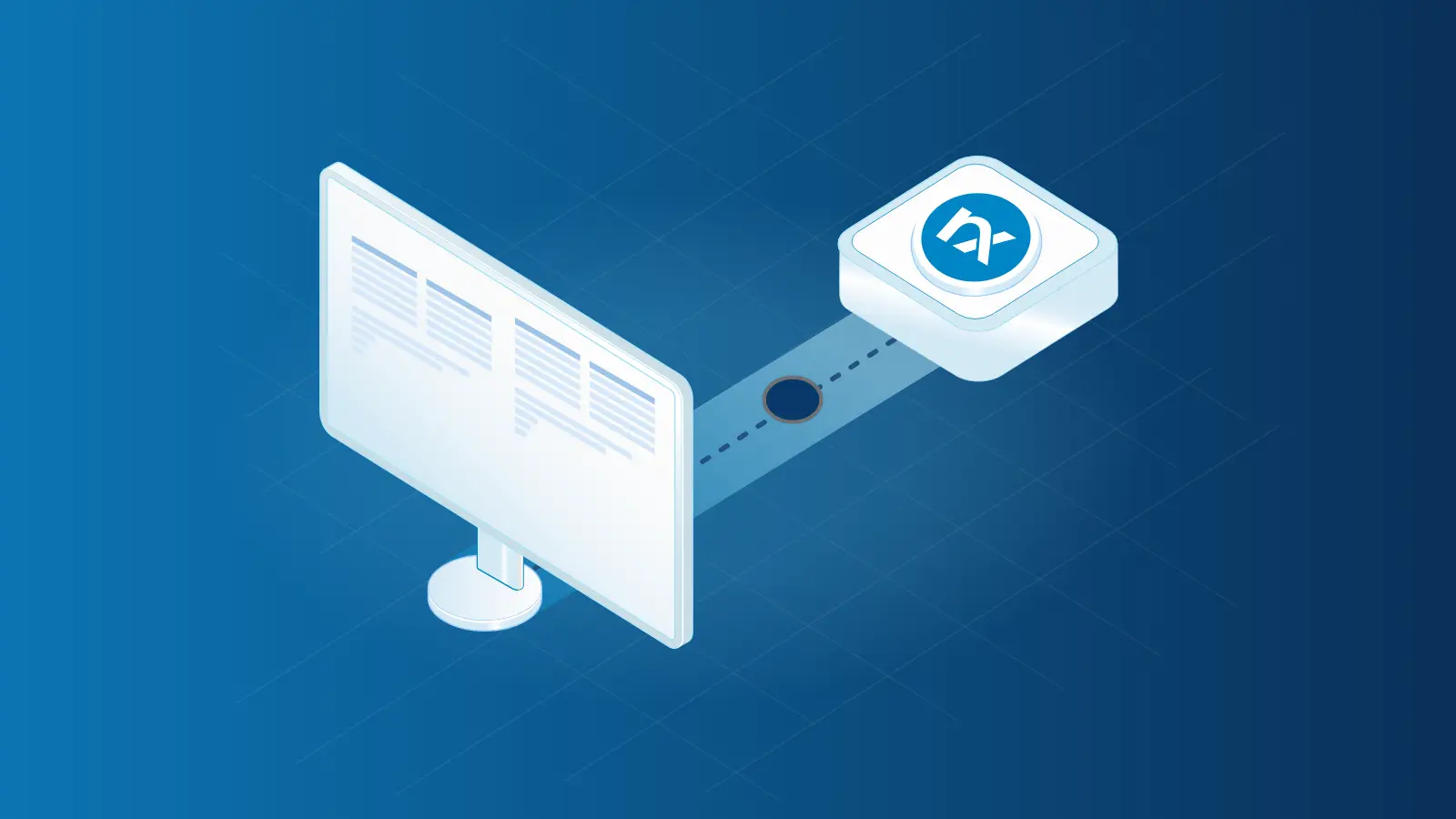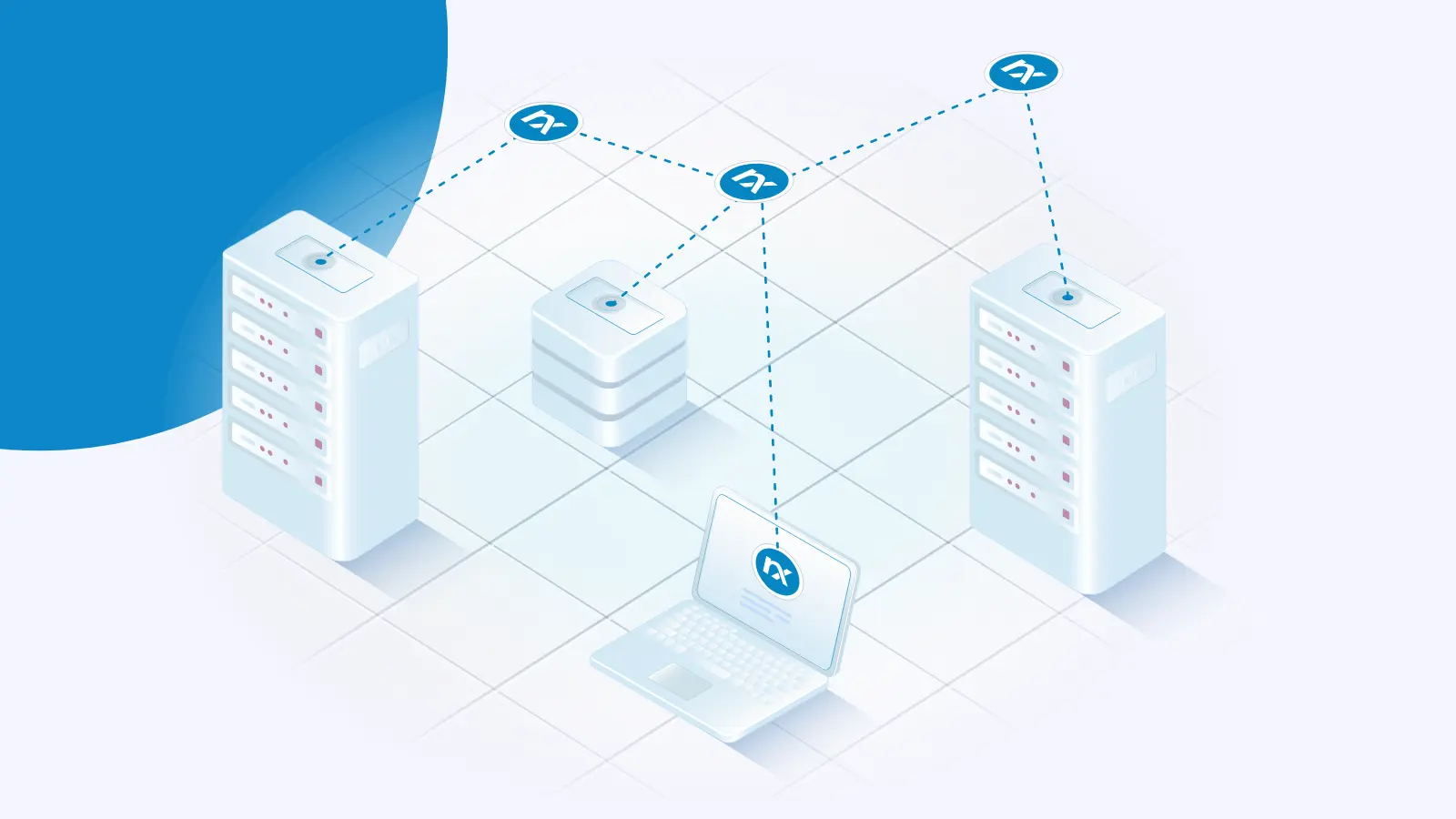siem | elasticsearch | kibana | kernel log | linux | integration
Collecting kernel events with NXLog for analysis in the Elastic stack
It is known that measuring performance is one of the most challenging tasks in system administration. It requires proper configuration and a good understanding of the results. Fortunately, Linux systems offer a wide variety of tools for obtaining performance metrics. In this blog post, we will focus on the instrumentation capabilities of the Linux kernel and some interesting methods of analyzing the results.
The importance of the kernel lies in the fact that usage information related to CPU, memory, disk space, or network interfaces is always passing through it, and it cannot be bypassed.
google chronicle | siem | integration | features
NXLog provides native support for Google Chronicle
We are delighted to announce that with the release of NXLog Enterprise Edition 5.5, NXLog provides native support for sending log data to the Google Chronicle threat intelligence platform.
About Google Chronicle Google Chronicle is a cloud-native SIEM service provided on the Google Cloud Platform. It allows organizations to normalize, correlate, and analyze their logging data. Chronicle makes threat hunting easy by empowering security experts to investigate logs allowing them to take a holistic approach to threat detection.
deploying nxlog | puppet | scm | integration
Deploying and managing NXLog with Puppet
Puppet Bolt is an open-source orchestration tool that automates the manual configuration and management of your infrastructure.
In this post, we will look at how you can create your Puppet Bolt project directory, your inventory YAML file, and finally, your Puppet Bolt Plan to deploy NXLog on a variety of Operating Systems.
Why use Puppet Bolt to deploy NXLog? Apart from the usual tasks of updating software packages, configuring web servers and databases, the need for constant logging has become extremely important, and a de facto necessity nowadays.
deploying nxlog | ansible | scm | integration
Deploying and managing NXLog with Ansible
Ansible has become an industry standard when it comes to configuring and managing servers. As a configuration management tool, it carries the burden of simplifying system administration tasks, such as installing and updating software packages, and infrastructure provisioning. In this post, we will create an Ansible playbook that will enable us to automate the installation and configuration of NXLog across multiple endpoints. Whether you need only a single endpoint today or thousands of endpoints next week, Ansible will do the heavy lifting for you.
kubernetes | log collection | container | kubernetes logs | integration
Collecting Kubernetes logs with NXLog
Kubernetes is nowadays the de facto standard for the deployment and management of containerized applications. A Kubernetes deployment may contain hundreds, if not thousands, of nodes and pods. As with any other system, collecting logs from your Kubernetes environment is imperative to monitor the health of your cluster and to troubleshoot issues when they arise. In this post we will explore the logging challenges that Kubernetes poses, and how NXLog can be a key player in your logging solution.
log collection | modbus | siem | python | ics | network protocols | integration
Flexible, cloud-backed Modbus/TCP log collection with NXLog and Python
Modbus is a simple and flexible protocol used by a wide variety of industrial and automation equipment. Its simplicity has made it attractive for many manufacturers, but it also poses a number of challenges in terms of security and traffic analysis. In this post, we’ll show you how to use NXLog to capture, process, and extract useful security information from Modbus traffic.
What makes Modbus traffic analysis challenging? Modbus is a low-level protocol that effectively uses only two data types: bits (in the form of coils), and 16-bit words (in the form of registers), which are also the only form of data that can be natively addressed with most devices.






